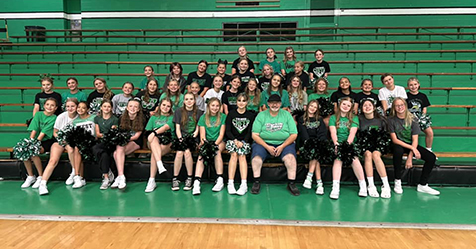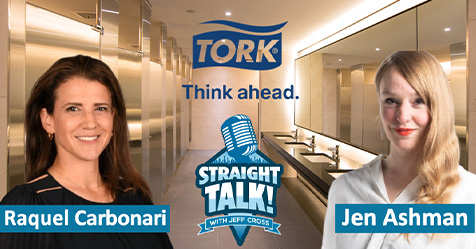Cintas Names Top 10 Finalists in its 2025 Custodian of the Year Contest
Cintas Corp. announced the top 10 finalists in its 12th annual Cintas Custodian of the Year contest. This year’s finalists from across the U.S. showcase dedication and commitment to their schools. From now through April 11, the public can vote for their favorite custodian at custodianoftheyear.com.
“We received thousands of heartfelt nominations and inspiring stories showcasing exceptional custodians nationwide,” said Emily Ramos, Cintas director of marketing. “As always, narrowing it down to the top 10 is a challenge, but this year’s finalists truly stood out for their unwavering dedication to both their schools and communities.”
The greatest number of public votes determines the winner of the Cintas Custodian of the Year contest. Cintas will award US$10,000 to the winning custodian and $5,000 in Cintas and Rubbermaid Commercial products and services. The winner’s school will also receive a complete facility assessment valued at $20,000 from ISSA, the worldwide cleaning industry association, along with a pizza party for all staff and students. The other nine finalists will receive $1,000 each and complimentary tuition to one ISSA Cleaning Management Institute virtual training event, valued at $1,500. The finalists’ schools will also receive a cleaning supply package from Rubbermaid Commercial Products. Again, this year, the top three finalists will receive an all-expense-paid trip for two to the ISSA Show North America 2025 in Las Vegas in November, where they’ll be celebrated for their accomplishments.
“We’re truly inspired by each of the finalists who go above and beyond for their schools,” said John Barrett, Executive Director of ISSA. “School custodians play a vital role in their communities, serving as role models and leaders that students look up to every day.”
The top 10 finalists in the 2025 Cintas Custodian of the Year contest include (in alphabetical order):
- Brenda “Ms. Brenda” Finkelstein – LSU Early Childhood Education Laboratory Preschool (Baton Rouge, Louisiana.)
- Carlos Aguirre – Quarry Trail Elementary (Rocklin, California)
- Dan Davis – Deerfield Elementary School (Short Hills, New Jersey)
- Jennifer Aitken – Arizona Western College (Yuma, Arizona)
- Jenny Low – University of California, San Francisco (San Francisco)
- Keith Wilson – Florida Autism Center of Excellence (Tampa, Florida)
- Micaela “Mica” Ortiz Arredondo – William G. Hibbard Elementary (Chicago)
- Robert “Bobbie” Patterson IV – Juanita High School (Kirkland, Washington)
- Roberto Valdez – Northeastern University (Nahant, Massachusetts)
- Rosalio “Lio” Rodriguez – Sachse High School (Sachse, Texas)
“We’re honored to celebrate these outstanding custodians for their hard work, talent, and dedication,” said Robert Posthauer, Rubbermaid Commercial Products senior vice president and general manager.


